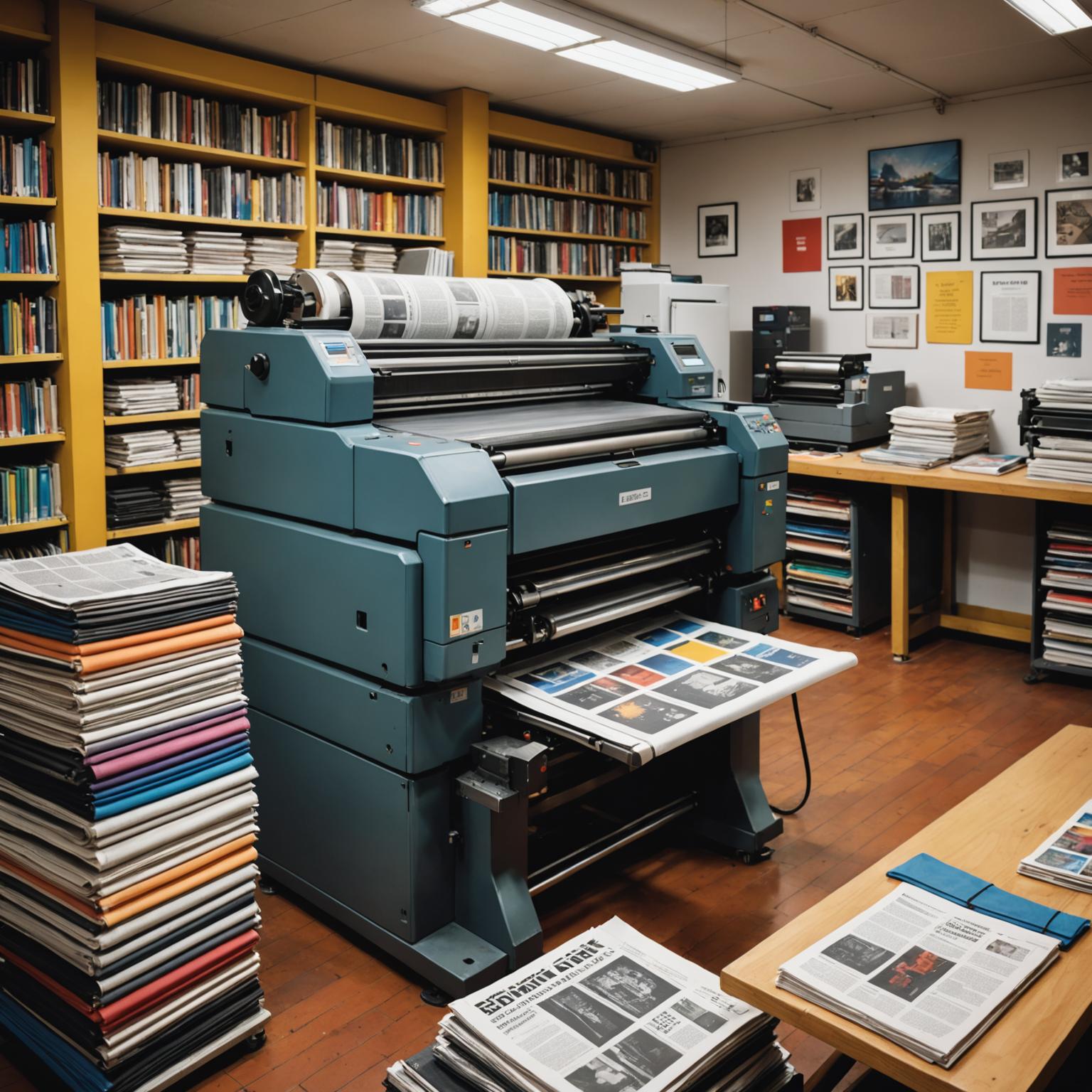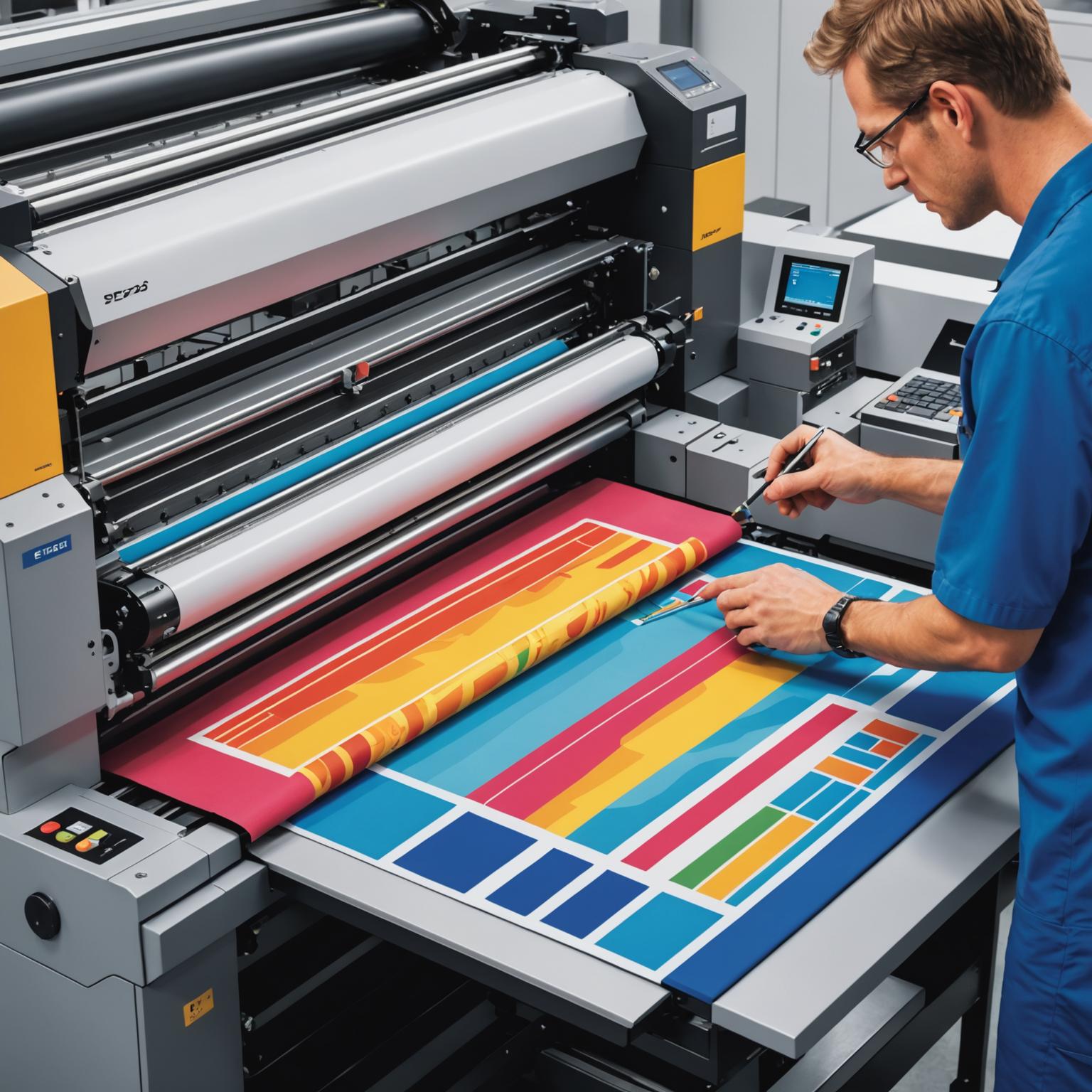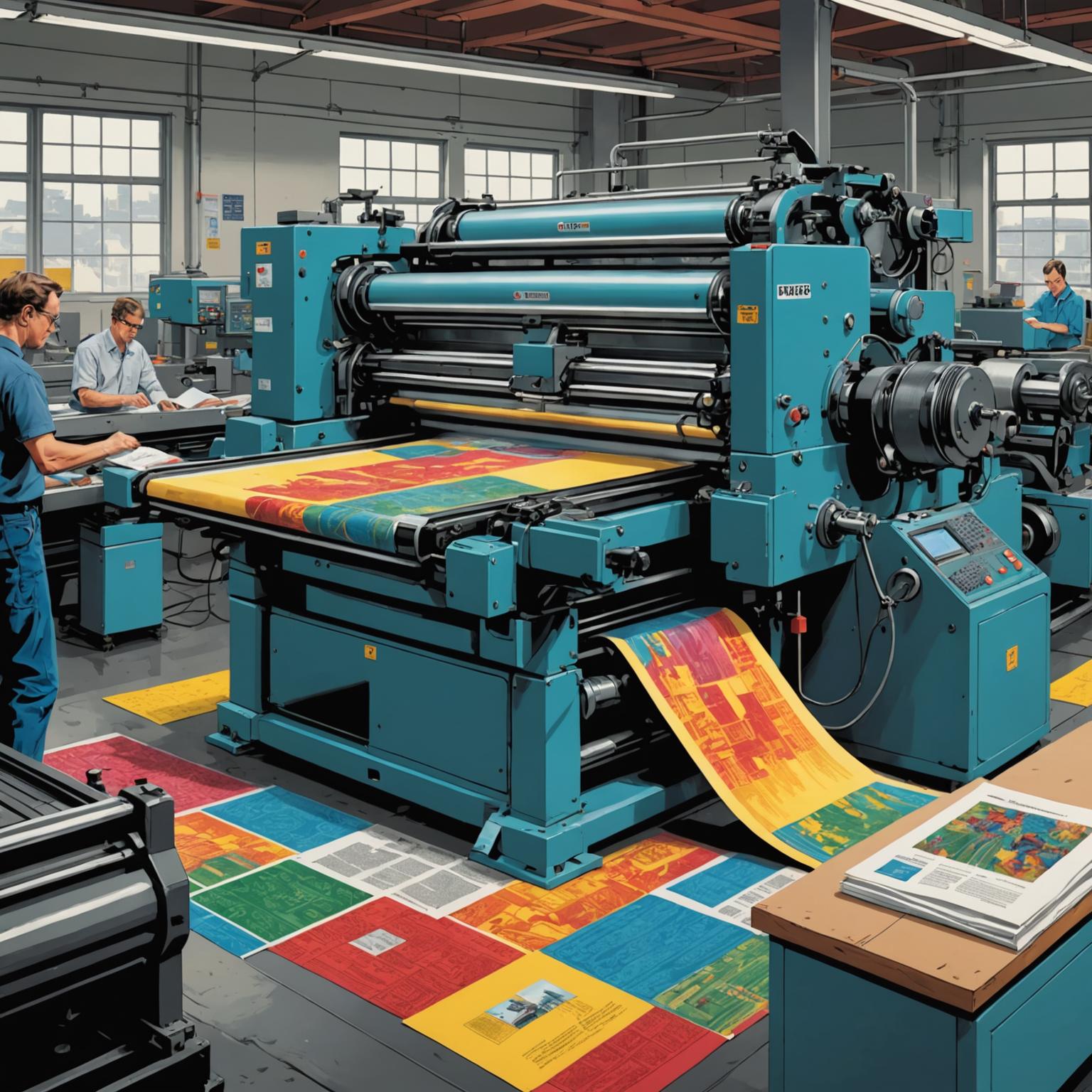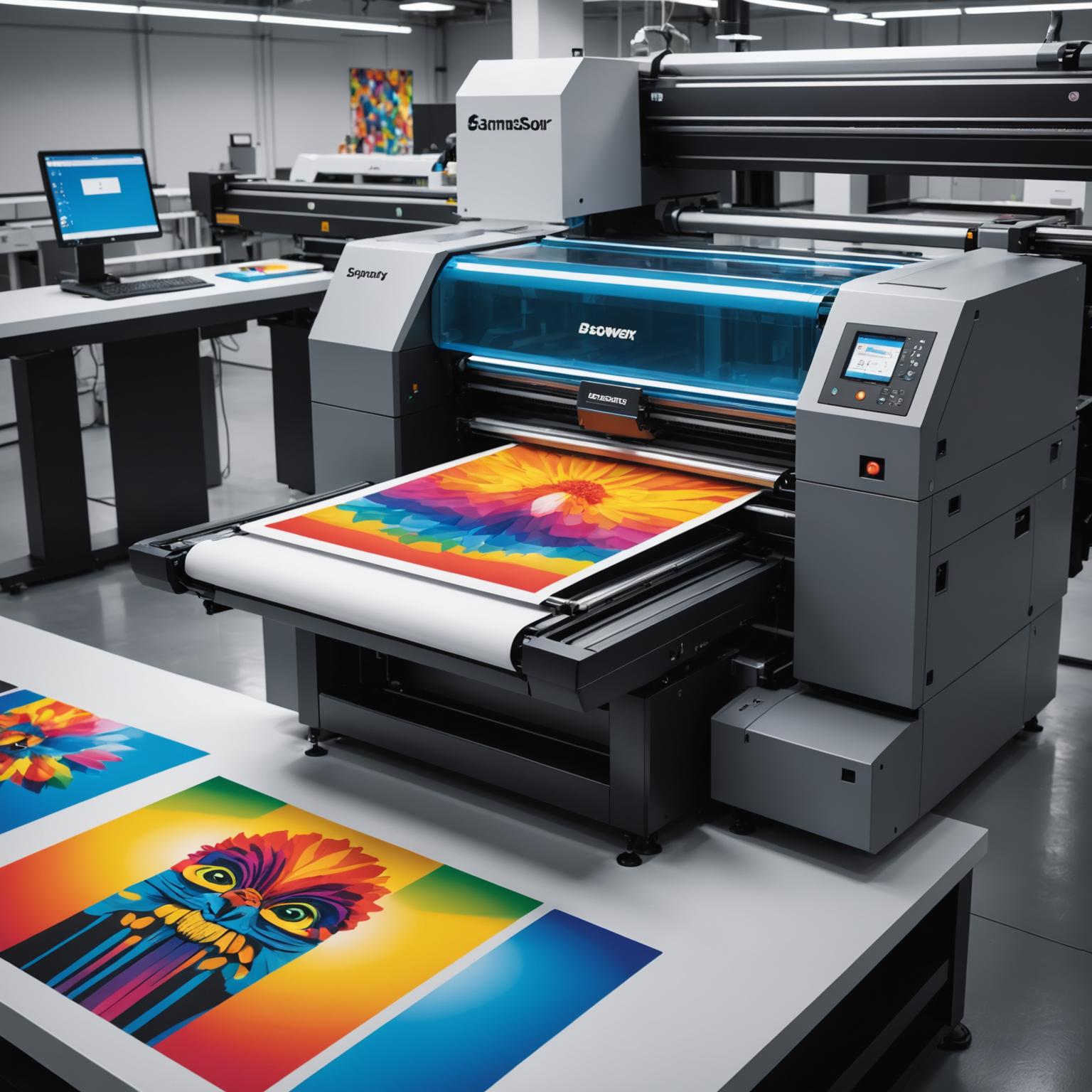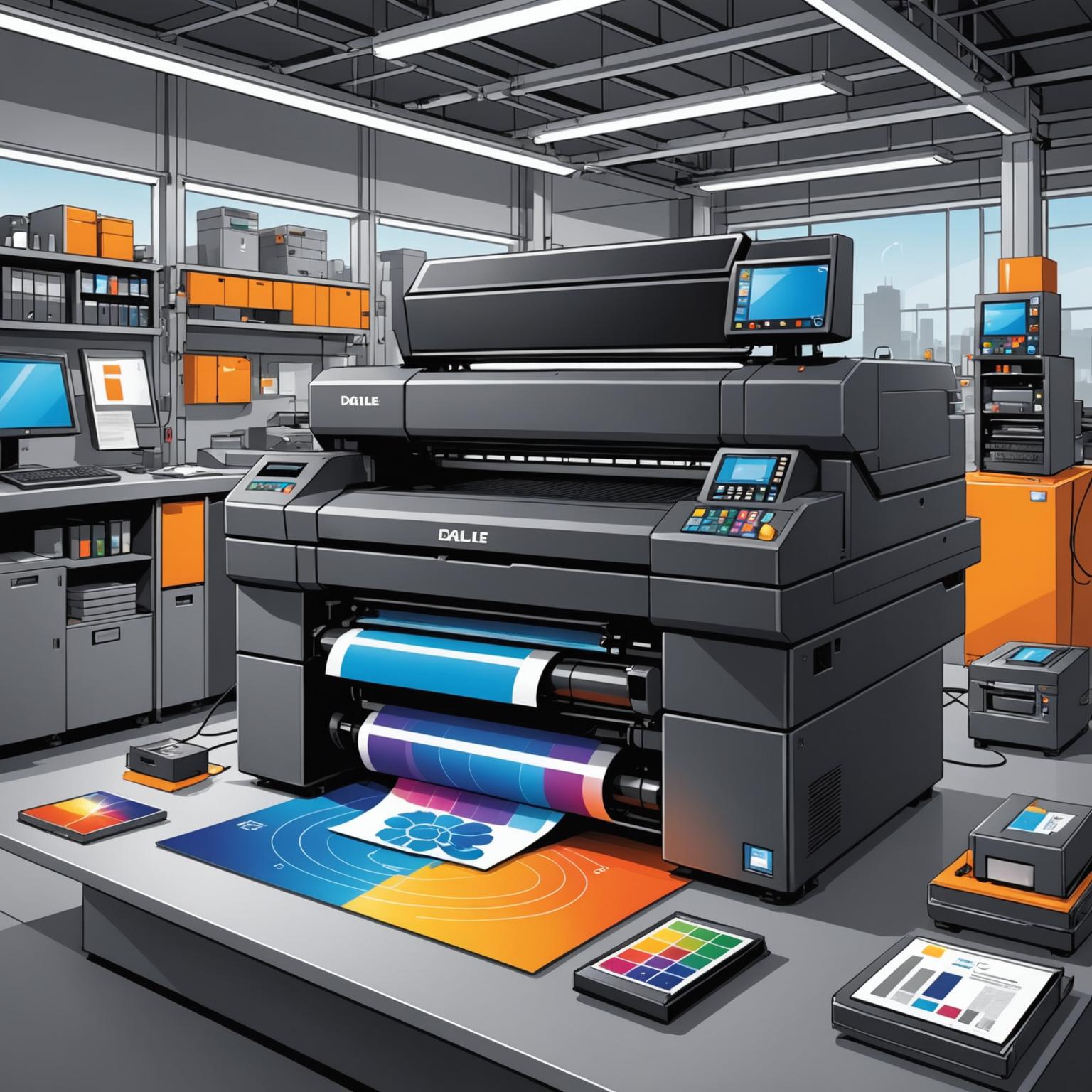The Gold Standard in Durable Labeling
In the intricate world of logistics, manufacturing, and retail, the clarity and permanence of information are paramount. This is precisely where thermal transfer labels establish their importance, offering a robust and reliable solution for businesses that require high-quality, long-lasting prints. These labels are the unsung heroes of asset tracking, product identification, and shipping, providing a crisp, smudge-proof image that withstands the rigors of handling and diverse environmental conditions. Their visual appeal and resilience make them a superior choice for applications where legibility over time is not just a preference, but a critical necessity.
Understanding the Science of Permanence
The remarkable durability of these labels stems from the unique printing process itself. Unlike other methods that print directly onto a surface, thermal transfer printing uses a heated printhead to press a wax or resin-based ribbon against the label material. The heat meticulously melts the ink from the ribbon and fuses it onto the label's surface, creating a permanent bond. This process results in an incredibly sharp, high-definition image that is highly resistant to scratching, moisture, chemicals, and UV light exposure. The image doesn't fade over time, ensuring that barcodes remain scannable and information stays readable for the entire lifecycle of the product or asset.
Unmatched Versatility in Materials and Applications
One of the most compelling attributes of the thermal transfer method is its sheer versatility. Labels can be printed on a vast array of materials, each suited for a specific environment. Standard paper labels are perfect for general-purpose applications like shipping and product pricing. For more demanding situations, synthetic materials such as polyester or polypropylene offer enhanced durability. A gleaming white polyester label can endure extreme temperatures and exposure to harsh chemicals in a laboratory or industrial setting, while a rugged polypropylene label might be used for outdoor equipment identification. This adaptability ensures that there is a thermal transfer solution for virtually any labeling challenge imaginable.
The Power of Personalized Solutions
Beyond the standard options, the ability to create custom thermal transfer labels empowers businesses to tailor their labeling strategy to their exact needs. This goes far beyond just printing a barcode. Companies can order labels in specific sizes and shapes to fit uniquely designed packaging or products. Adhesives can be specified for challenging surfaces, from curved glass to rough, textured metal. Furthermore, custom thermal transfer labels can be pre-printed with vibrant color logos, branding elements, or fixed safety information, turning a simple functional label into a powerful branding tool. This level of customization not only enhances operational efficiency but also strengthens brand identity with every package shipped and every asset tagged.
A Lasting Impression of Quality
In essence, choosing thermal transfer labels is an investment in quality and reliability. They are the ideal solution for any scenario where information must remain intact and legible over the long term. From compliance labeling in the pharmaceutical industry to tracking valuable assets in a warehouse or identifying components in a manufacturing line, the vivid, resilient print ensures data integrity. While other methods may suffice for short-term needs, the permanence and professional finish of the thermal transfer process provide peace of mind and an unwavering mark of quality that reflects positively on the business itself.


